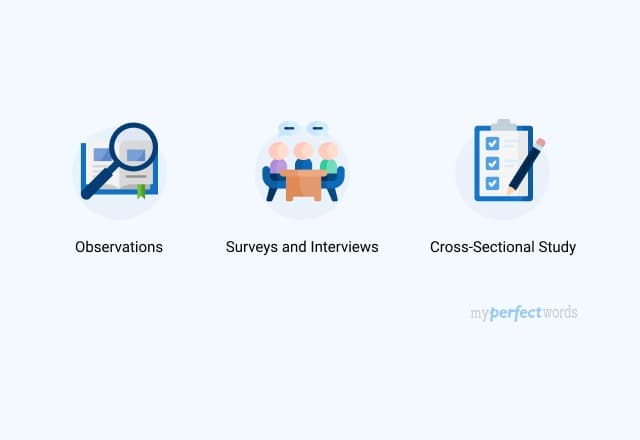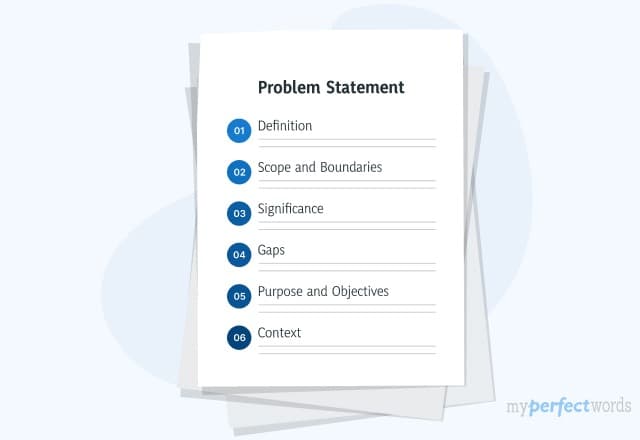
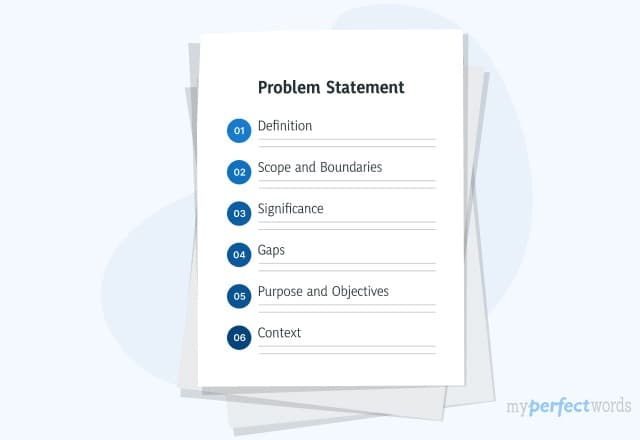
Writing a solid problem statement can be tough when you're starting a research paper. Many researchers find it challenging to express the main issue in a clear and effective way.
Imagine reading a research paper that makes you feel lost. That's what happens when the problem statement isn't well-crafted. Without it, the whole research can be confusing for both the writer and the reader.
But don’t worry, MyPerfectWords.com has come up with a solution for this.
In this blog, we are going to break down the process of creating problem statements into simple steps. Whether you're experienced or just getting started, we're here to give you the tools to express your research questions clearly and confidently.
Let’s get started.
On This Page![]()
- 1. What is a Problem Statement?
- 2. How to Write the Problem Statement for a Research Paper?
- 3. Research Problem Statement Example
- 4. Tips for Writing an Effective Problem Statement for Your Research Paper
What is a Problem Statement?
In research paper writing, a problem statement is a clear and concise description of the issue or challenge that the research aims to address.
This statement is super important because it outlines what your study is going to look at, why it's essential, and what gap it aims to fill.
What Goes in a Problem Statement of a Research Paper?
The construction of an effective problem statement involves several key components.
Components | Description |
Clear Definition | Concisely define the specific issue or challenge being investigated |
Scope and Boundaries | Clearly outline the research's scope and limitations, specifying what will be covered |
Significance | Highlight the relevance and importance of the problem within the broader context of existing knowledge |
Identify Gaps | Clearly state gaps or deficiencies in current understanding, emphasizing the need for further exploration |
Purpose and Objectives | Communicate the research's purpose and objectives for readers to understand the study's direction |
Compelling Context | Contextualize the problem within a larger framework, making a persuasive case for the research's importance |
Key Questions to Address When Writing a Problem Statement
Writing an effective problem statement involves addressing several key questions to ensure clarity and precision in your research focus.
Here are essential questions to consider:
- What is the Problem? Clearly define the specific problem or gap in knowledge that your research aims to address.
- Why is it a Problem? Explain why it's important to address this issue, considering its impact on the field of study, society, or specific stakeholders.
- What is the Context? Help readers understand the broader setting and any existing research that led to the identification of the problem.
- Who is Affected? Understanding the stakeholders involved provides insight into the real-world implications of your research.
- What are the Limitations? Clearly state what aspects will be included in the study and what will be excluded to maintain focus.
- What is the Purpose of the Research? Clarify whether your goal is to explore, explain, describe, or evaluate aspects related to the identified problem.
- How will the Problem be Investigated? This gives readers a preview of how you plan to address and explore the identified problem.
How to Write the Problem Statement for a Research Paper?
Writing a clear and effective problem statement is crucial for a research paper. Here are three steps to help you create a strong problem statement:
Step 1: Provide Context for Your Study
Begin by presenting background information related to your research topic.
Discuss the historical context, key concepts, and relevant theories. This helps readers understand the broader context within which your study is situated.
The next step is to conduct a comprehensive literature review to highlight existing research on the topic.
Identify gaps, controversies, or areas where further investigation is needed. This review sets the stage for justifying the necessity of your study.
Example: Imagine you are conducting research on renewable energy sources. Start by presenting background information on the current global energy landscape, emphasizing the increasing demand for sustainable solutions. Discuss the limitations and environmental impact associated with traditional fossil fuels and the need for a transition to cleaner alternatives. |
Practical Research Problems
Practical research problems are focused on addressing real-world issues. These problems are rooted in the tangible and have direct implications for practical scenarios.
Practical research is typically concerned with providing solutions, strategies, or interventions that can be implemented in the real world.
Example: "Assessing the Effectiveness of Urban Green Spaces in Mitigating Air Pollution: A Practical Investigation in Metropolitan Areas" |
Tips for Practical Research Problems:
- Relevance: Ensure that your research questions directly address and contribute to solving practical challenges.
- Applicability: Focus on outcomes that can be implemented to bring about positive changes in real-world situations.
- Feasibility: Choose a research methodology that is practical and realistic within the constraints of the research context.
Theoretical Research Problems
Theoretical research problems, on the other hand, are centered around building and expanding theoretical frameworks. They contribute to the broader understanding of concepts, relationships, or phenomena.
Theoretical research may not have immediate practical applications but adds depth and nuance to the theoretical foundations of a field.
Example: "Exploring the Role of Cognitive Dissonance in Consumer Behavior: A Theoretical Framework for Marketing Studies" |
Tips for Theoretical Research Problems:
- Conceptual Depth: Formulate research questions that delve into abstract concepts or relationships between theoretical constructs.
- Knowledge Development: Aim to contribute to the theoretical foundations of the field by generating new insights or refining existing theories.
- Innovation: Explore novel perspectives or propose new conceptual models that can advance theoretical understanding within the chosen domain.
Step 2: Justify the Significance of Your Research
Clearly articulate the significance of the problem or gap identified in your literature review.
Explain why it is important to address this issue and how resolving it could contribute to the advancement of knowledge in your field.
After this step, discuss the practical implications of your research.
Explain how the outcomes may be applied in real-world scenarios or how they may inform decision-making processes. Highlight any potential benefits or positive impacts on the field.
Example: Highlight the significance of transitioning to renewable energy sources in mitigating climate change and reducing dependency on finite resources. Discuss how your research, focusing on the efficiency of a specific renewable energy technology, contributes to the broader goal of achieving a sustainable and environmentally friendly energy system. |
Step 3: Outline Specific Aims and Objectives
- Aims: Clearly state the overarching goal or purpose of your research. This should reflect the broader intention of your study without going into specific details.
- Objectives: Break down the overall aim into specific, measurable, achievable, relevant, and time-bound (SMART) objectives. These objectives provide a roadmap for your research, outlining the concrete steps you will take to achieve your aim.
- Research Questions or Hypotheses: Based on your objectives, formulate specific research questions or hypotheses that guide your investigation. These questions should align with the identified problem and provide a clear focus for your study.
Example: State the overarching aim of your research as "To assess the efficiency and viability of solar energy technology in residential settings." Break down this aim into SMART objectives: "1. Evaluate the energy conversion efficiency of solar panels under varying environmental conditions." "2. Investigate the economic feasibility of integrating solar energy systems into residential properties." "3. Assess the environmental impact and carbon footprint reduction associated with the adoption of solar energy in comparison to conventional energy sources." Final Statement: Existing gaps in research hinder a comprehensive understanding of solar energy's efficiency, economic feasibility, and environmental impact in residential settings. This study aims to address these gaps by evaluating solar panel efficiency under diverse conditions, investigating economic feasibility, and assessing environmental impacts. The findings aim to inform decisions for residents, policymakers, and the renewable energy sector. |
Research Problem Statement Example
Looking at good examples of research problem statements can be really helpful. They act like templates that inspire and guide you in creating your own.
Let's check out an example to see how all these parts work together to make a strong and effective research problem statement.
Research Problem Statement Example: Enhancing Educational Accessibility for Underprivileged Communities through Technology Integration Background: Access to quality education remains a global challenge, particularly for underprivileged communities facing socioeconomic barriers. Limited resources, inadequate infrastructure, and a lack of technological integration contribute to disparities in educational opportunities. Bridging this gap is crucial for promoting equal access to education and empowering marginalized populations. Significance of the Problem: The significance of addressing this issue lies in its potential to break the cycle of poverty and contribute to social and economic development. Educational disparities hinder the growth of underprivileged communities, limiting their access to employment opportunities and perpetuating inequality. By enhancing educational accessibility, we aim to empower individuals, uplift communities, and foster sustainable development. Specific Aims and Objectives: Aim: To investigate the impact of technology integration on enhancing educational accessibility for underprivileged communities. Objectives:
|
Research Problem Statement Example: Empowering Sustainable Agriculture Practices for Small-scale Farmers through Innovative Technologies Background: Small-scale farmers, constituting a significant portion of the global agricultural workforce, often face challenges in adopting sustainable practices. Limited access to modern technologies, knowledge gaps, and resource constraints contribute to inefficiencies and environmental degradation. Addressing these issues is vital for promoting sustainable agriculture, ensuring food security, and mitigating the impact of climate change. Significance of the Problem: The significance of this research lies in its potential to revolutionize small-scale farming, fostering environmental sustainability and economic resilience. Small-scale farmers play a crucial role in global food production, and empowering them with innovative technologies can lead to increased yields, reduced environmental impact, and improved livelihoods. By promoting sustainable agriculture, we aim to create a more resilient and equitable agricultural sector. Specific Aims and Objectives: Aim: To explore the impact of innovative technologies on empowering sustainable agriculture practices for small-scale farmers. Objectives:
|
Tips for Writing an Effective Problem Statement for Your Research Paper
Follow these practical tips to ensure your problem statement is impactful and well-crafted:
- Clarity is Key: Clearly articulate the problem, avoiding ambiguity. Ensure your reader understands the issue from the outset.
- Conciseness Matters: Keep your statement concise. Aim for brevity while covering the essential aspects of the problem.
- Relevance to the Field: Emphasize the significance of the problem within the larger context of your field. Explain why it matters.
- Identify Gaps: Highlight any gaps or limitations in existing knowledge that your research aims to address. This adds value to your study.
- Stay Focused: Keep your problem statement focused on the main issue. Avoid including unnecessary details that may distract from the central point.
- Precision in Language: Use precise and clear language. Avoid jargon that may confuse your audience.
- Think About Objectives: Link your problem statement to the specific objectives of your research. Clearly state what you aim to achieve.
In the end, crafting an outstanding problem statement is really important for any research to succeed. When you answer important questions like what the problem is and how you're going to study it, you build a strong foundation for your research.
So, take your time to create a clear problem statement, But if you find it hard, turn to the professionals!
Our research paper writing service for students help you write outstanding research papers! With our dedication and 24/7 support, we are always at your service!
So, place your "do my essay" request now and worry no more!
Frequently Asked Questions
How Long Should a Research Problem Statement Be?
A good problem statement is usually one to three paragraphs. Focus on being clear about the issue, why it matters, and any gaps in what we know. Avoid unnecessary details so your reader gets the point without getting overwhelmed.
Where Should You Put The Problem Statement In Your Paper?
The problem statement is typically positioned in the introduction of your paper. By placing it in the introduction, you set the stage for the rest of your research and help readers understand the significance of your work.

Write Essay Within 60 Seconds!
Use our AI tool to generate high quality essay
WRITTEN BY
Alexander P.
Harvard Law graduate. I build arguments anticipating every objection and dismantling it before it's raised. Airtight logic is non-negotiable.
Keep reading
Research Paper Writing - A Step by Step Guide
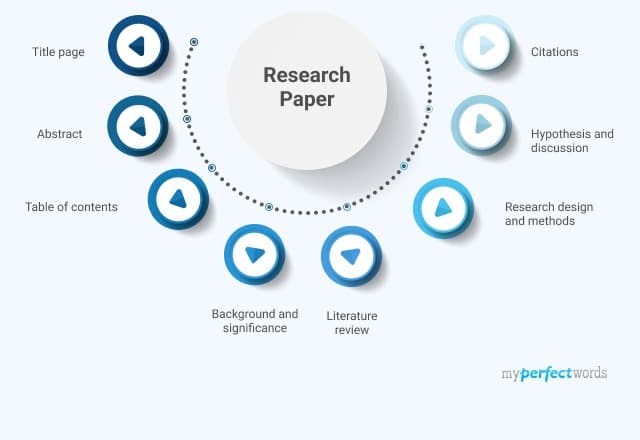
Research Paper Examples: Free Samples & Templates for Students

Guide to Creating Effective Research Paper Outline
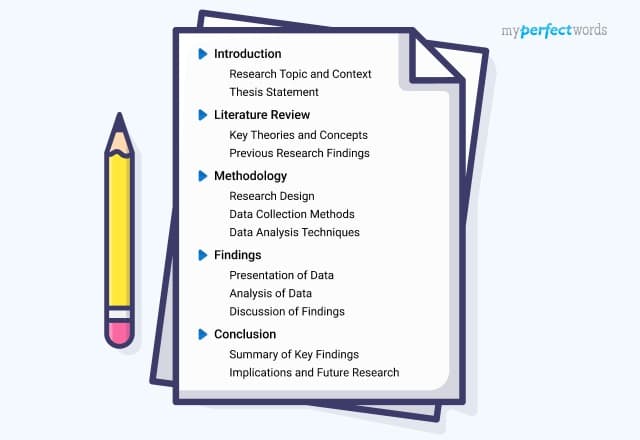
A Catalog of 300+ Research Paper Topics
-9352.jpg&w=828&q=75&dpl=dpl_2yK4NPZexzjcDy6W1KzZvjvfdyq6)
Research Proposal Writing - A Step-by-Step Guide
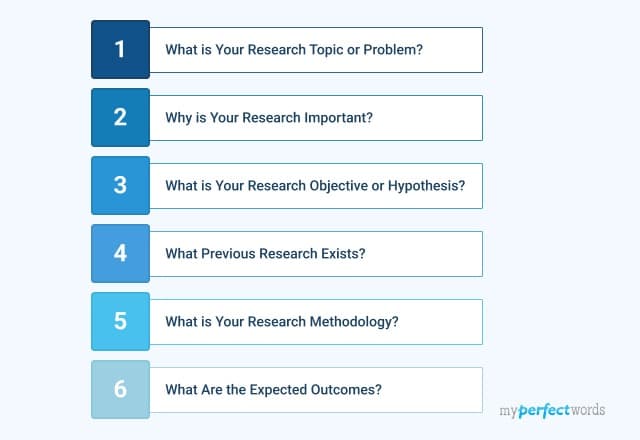
How to Start a Research Paper - 7 Easy Steps
-9374.jpg&w=828&q=75&dpl=dpl_2yK4NPZexzjcDy6W1KzZvjvfdyq6)
How to Write an Abstract for a Research Paper - A Step by Step Guide
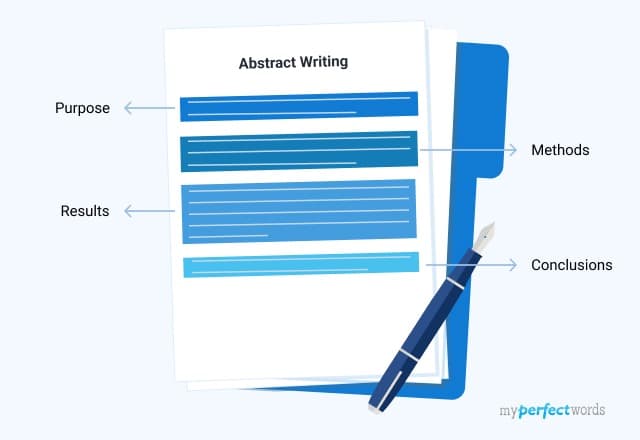
Writing a Literature Review For a Research Paper - A Comprehensive Guide
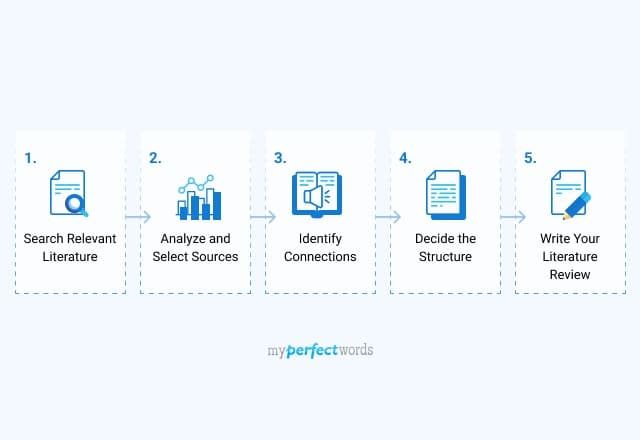
Qualitative Research - Methods, Types, and Examples
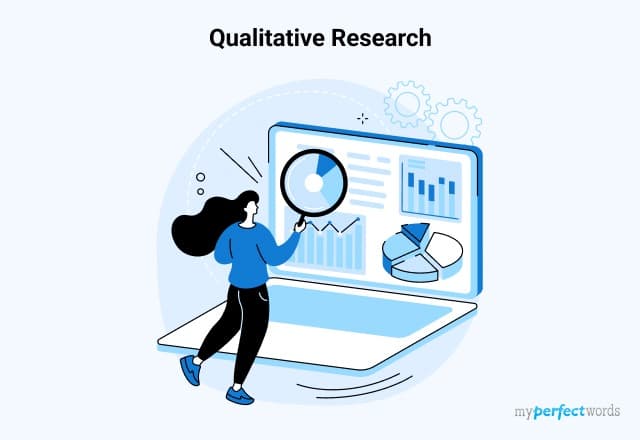
8 Types of Qualitative Research - Overview & Examples
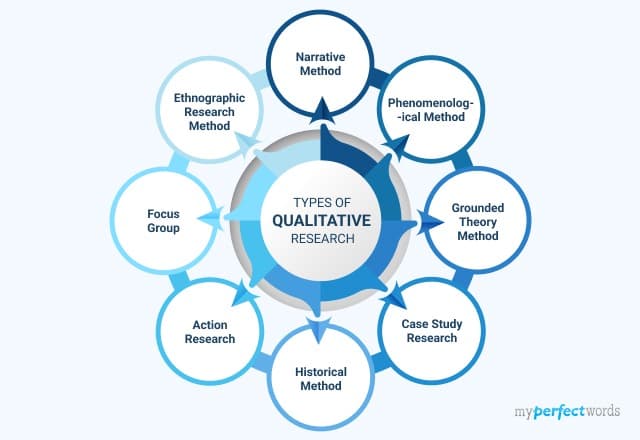
Qualitative vs Quantitative Research - Learning the Basics
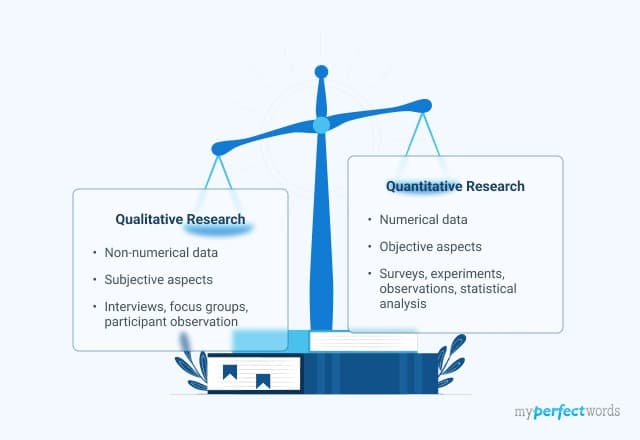
200+ Engaging Psychology Research Paper Topics for Students in 2025
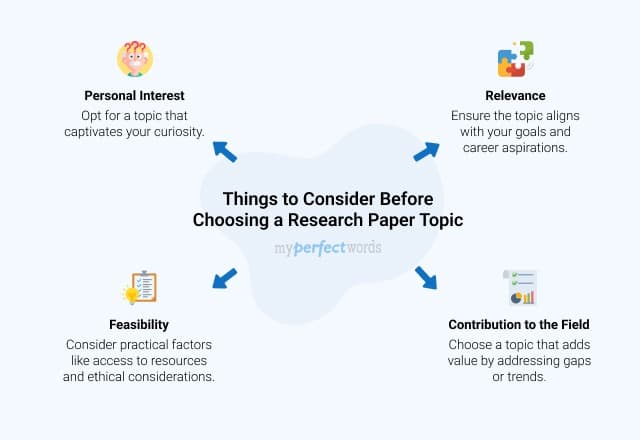
Learn How to Write a Hypothesis in a Research Paper: Examples and Tips!
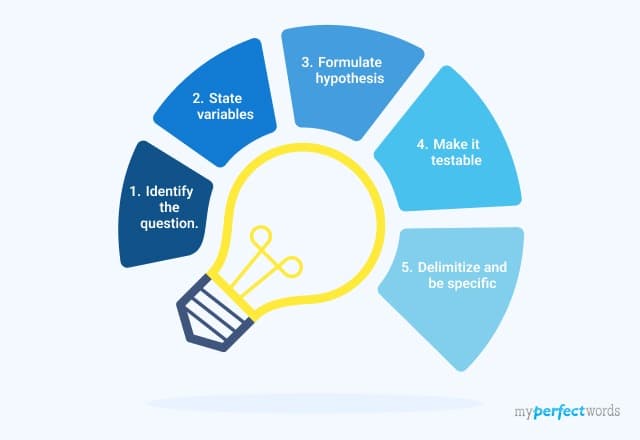
20+ Types of Research With Examples - A Detailed Guide
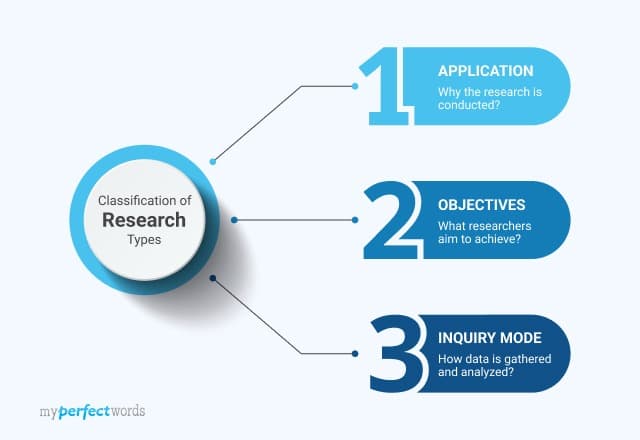
Understanding Quantitative Research - Types & Data Collection Techniques

230+ Sociology Research Topics & Ideas for Students

How to Cite a Research Paper - A Complete Guide
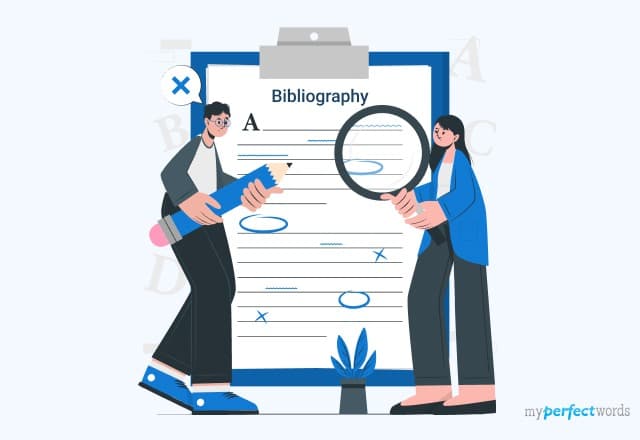
Excellent History Research Paper Topics- 300+ Ideas

A Guide on Writing the Method Section of a Research Paper - Examples & Tips

How To Write an Introduction Paragraph For a Research Paper: Learn with Examples
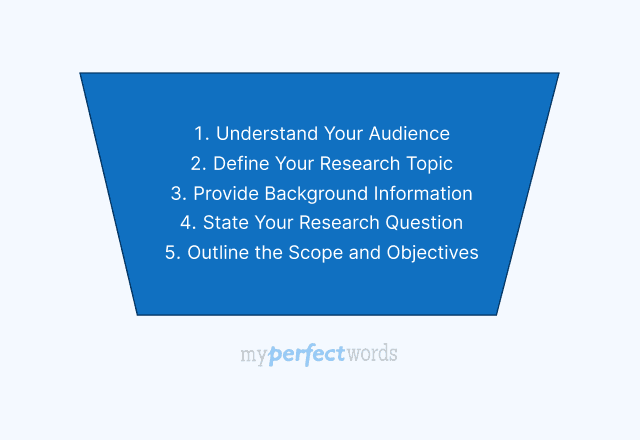
Crafting a Winning Research Paper Title: A Complete Guide

Writing a Research Paper Conclusion - Step-by-Step Guide
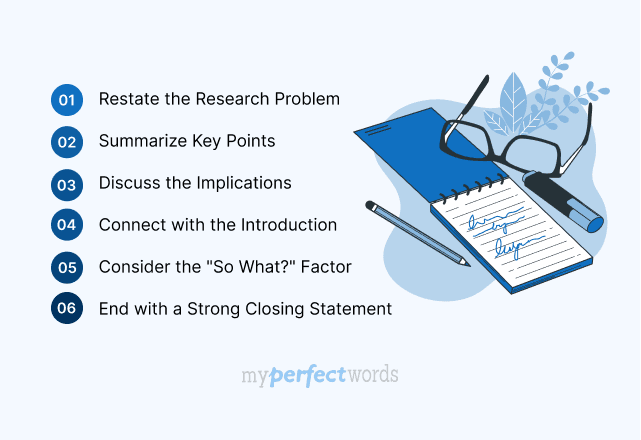
Writing a Thesis For a Research Paper - A Comprehensive Guide
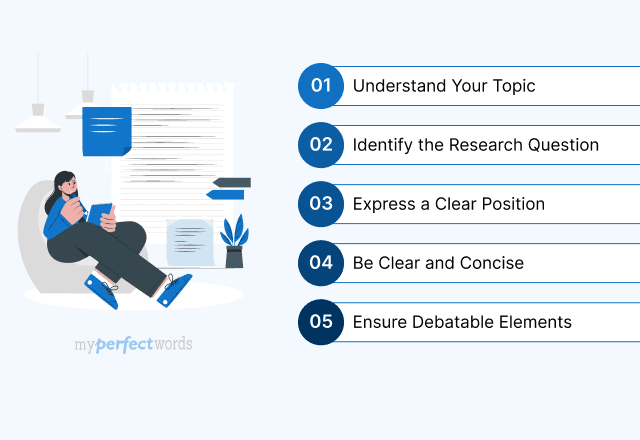
How To Write A Discussion For A Research Paper | Examples & Tips
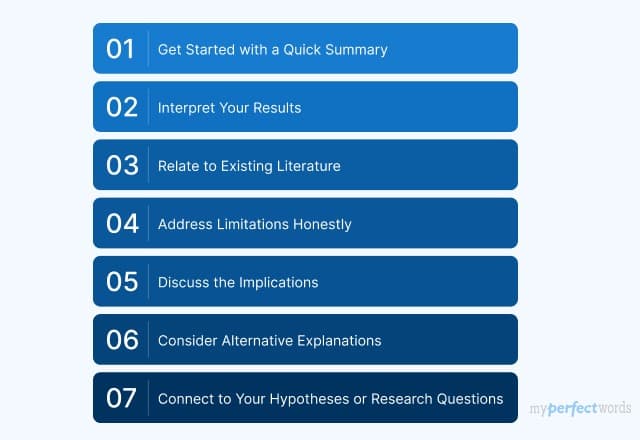
How To Write The Results Section of A Research Paper | Steps & Examples
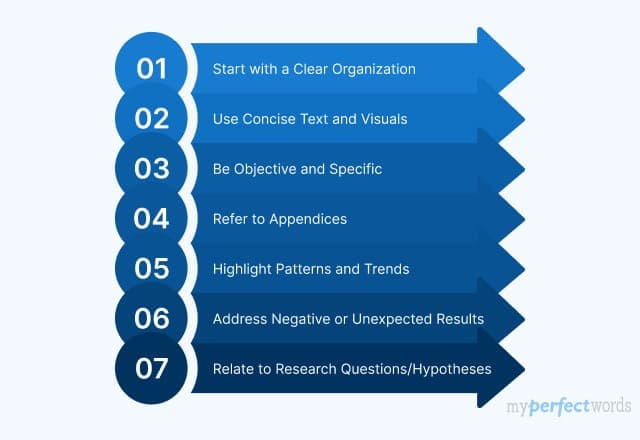
Finding Sources For a Research Paper: A Complete Guide
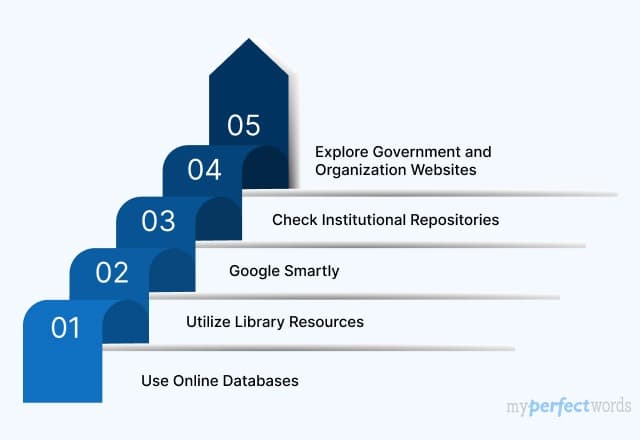
A Guide on How to Edit a Research Paper
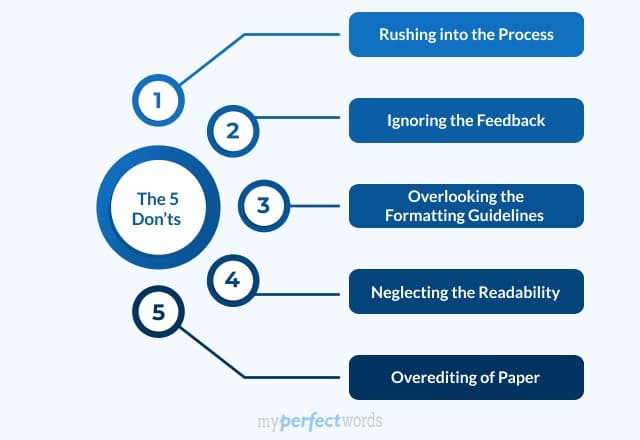
200+ Ethical Research Paper Topics to Begin With (2025)
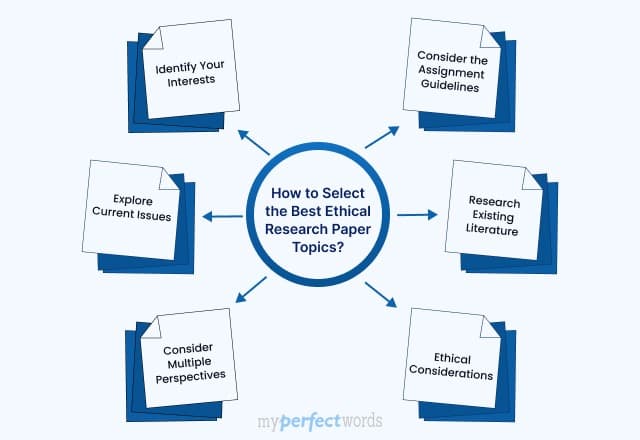
300+ Controversial Research Paper Topics & Ideas - 2025 Edition
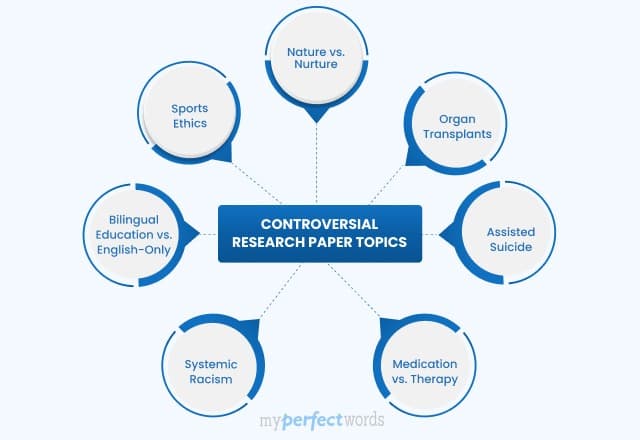
150+ Argumentative Research Paper Topics For You - 2025
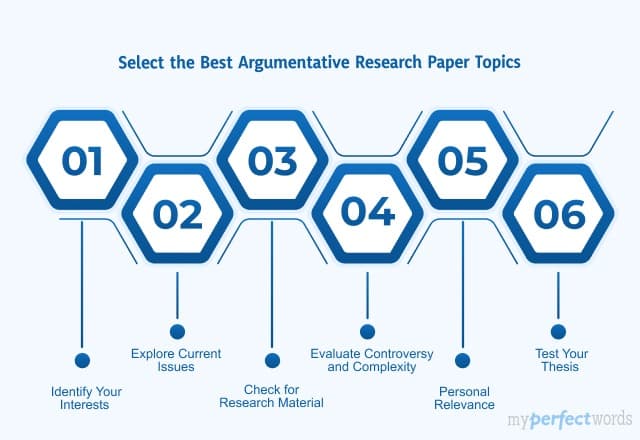
How to Write a Research Methodology for a Research Paper
